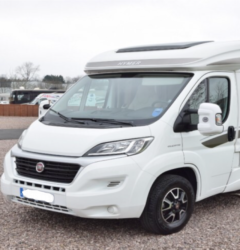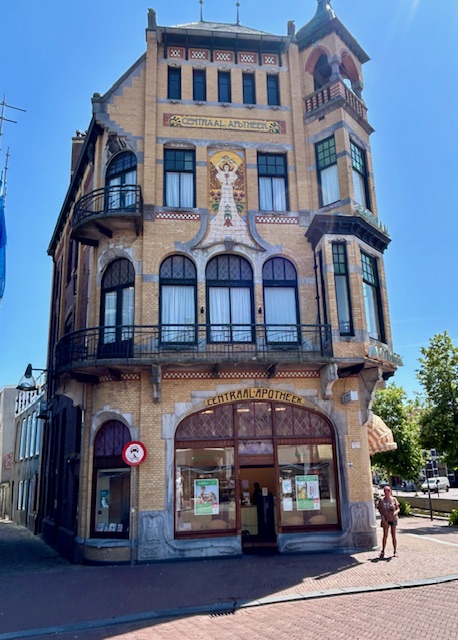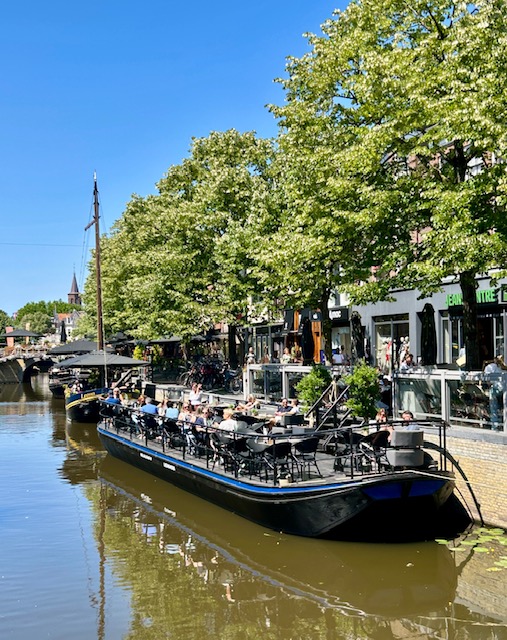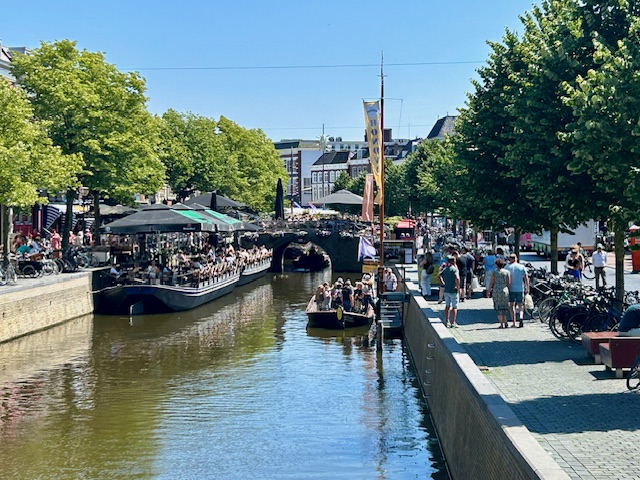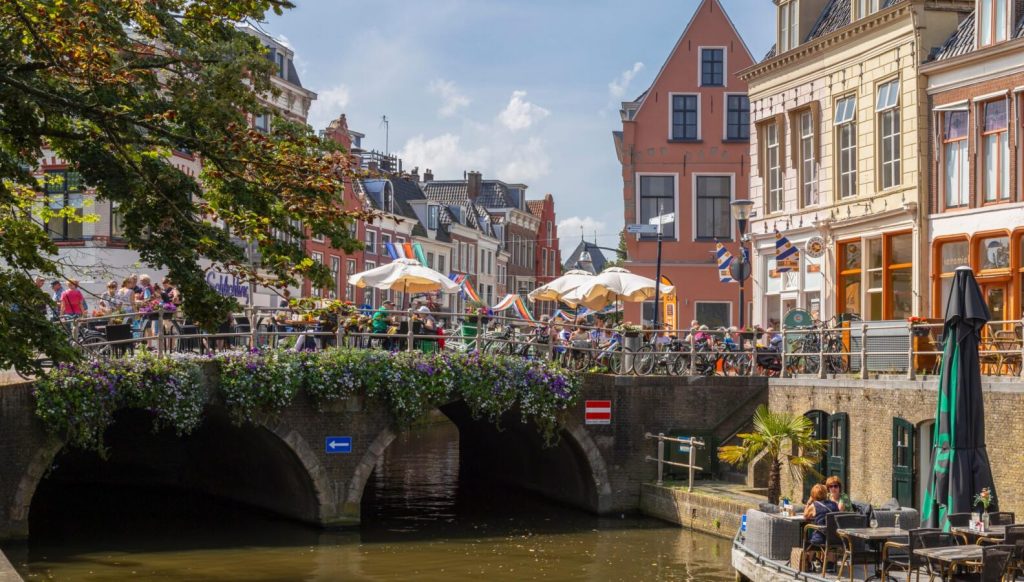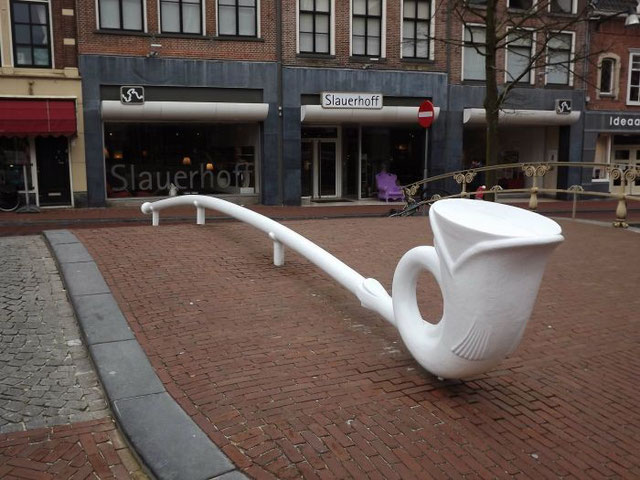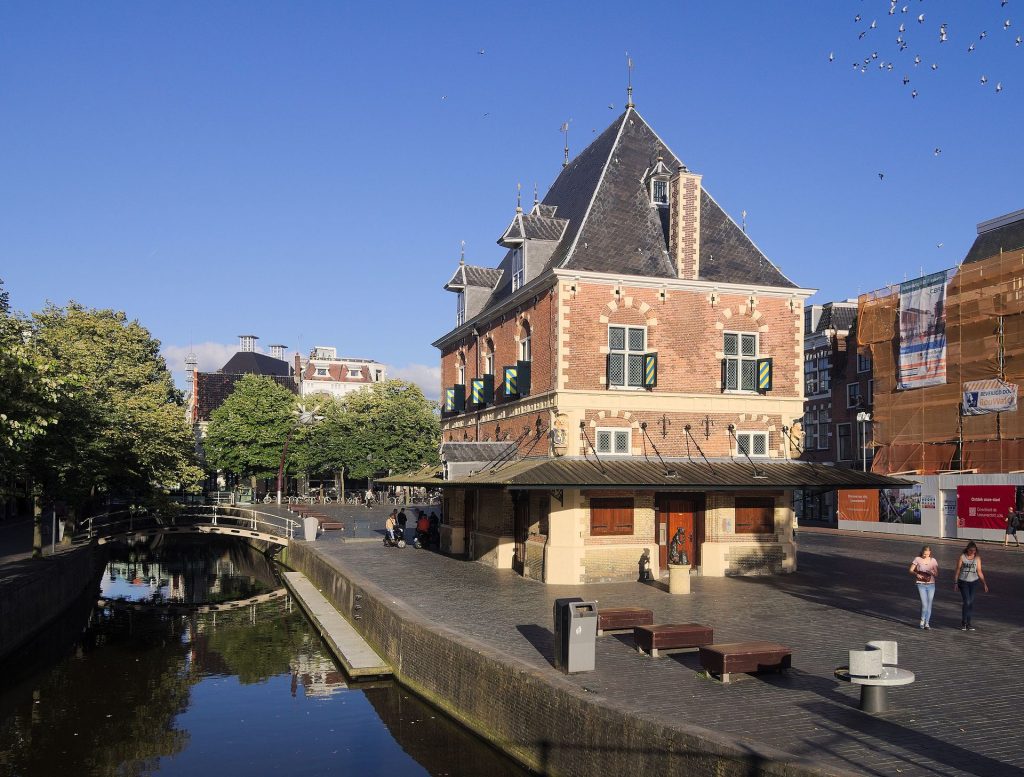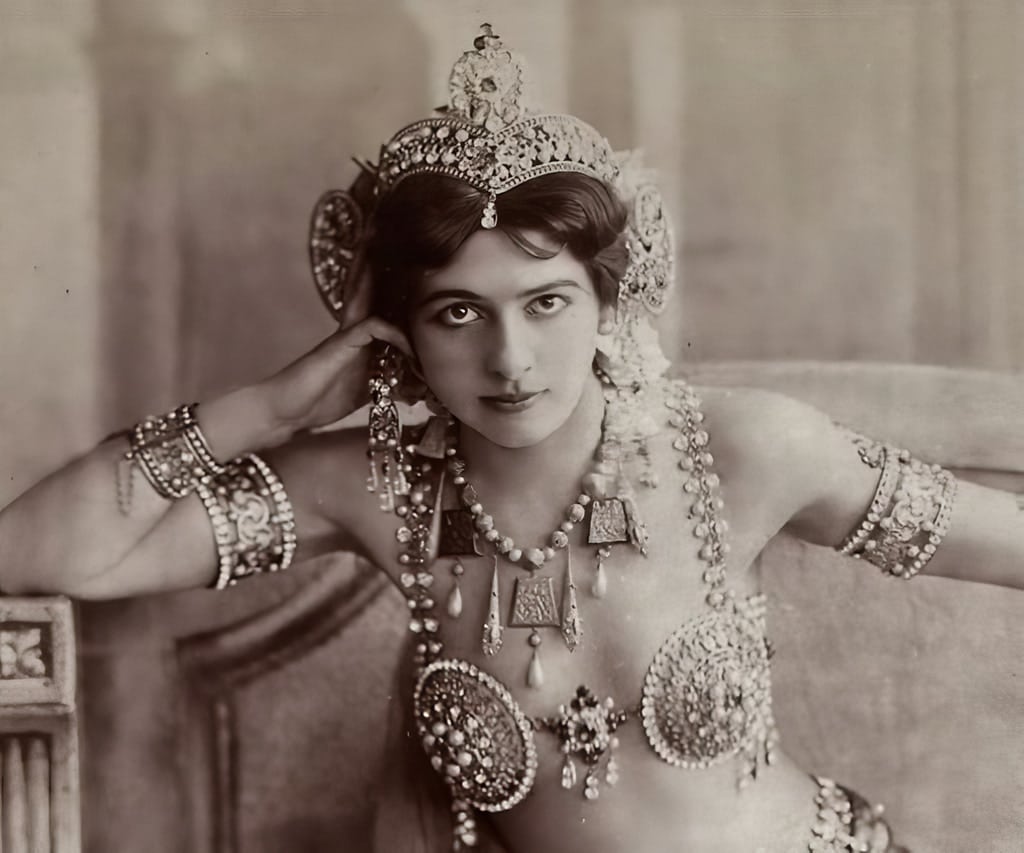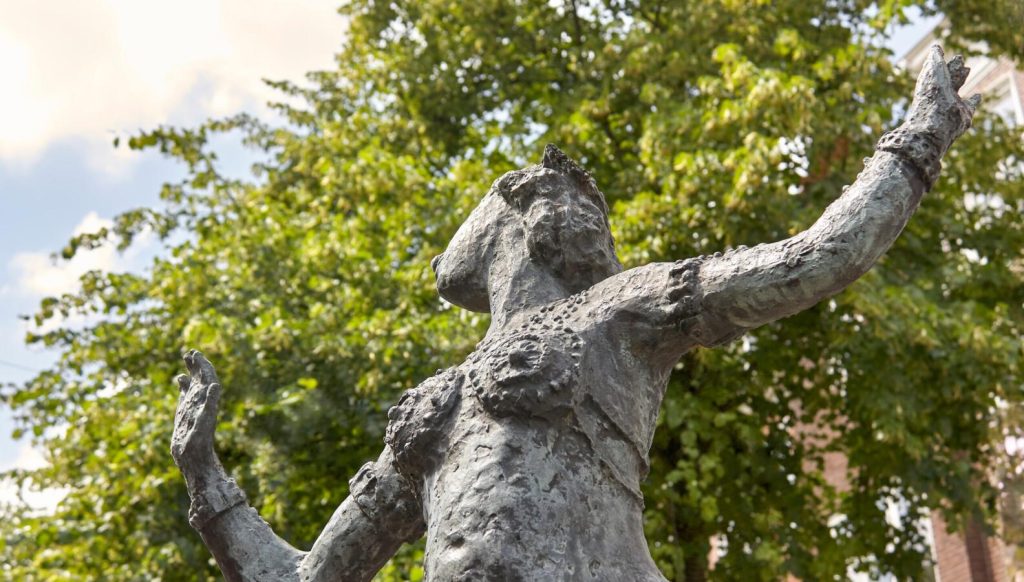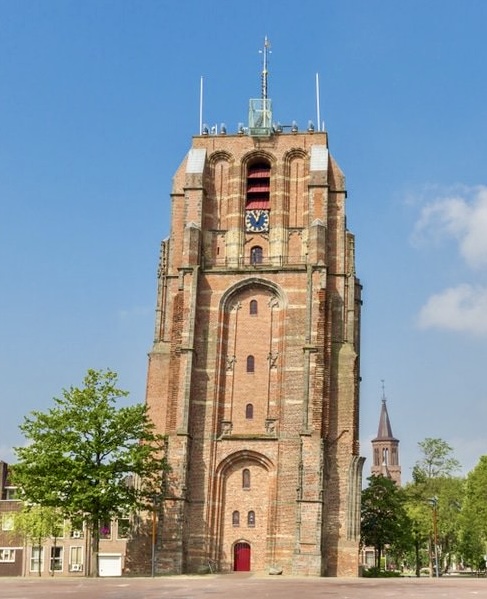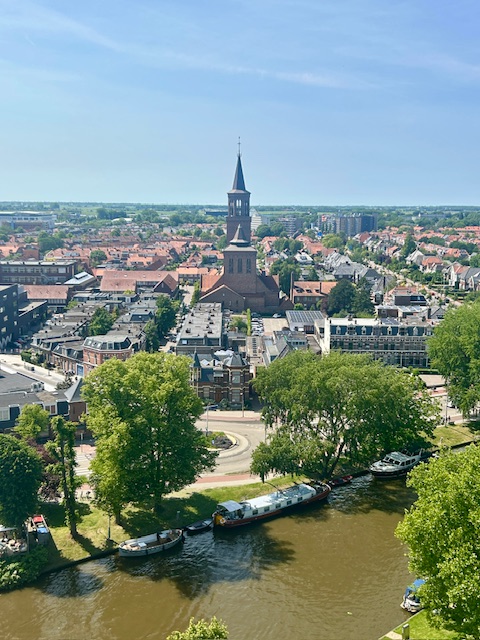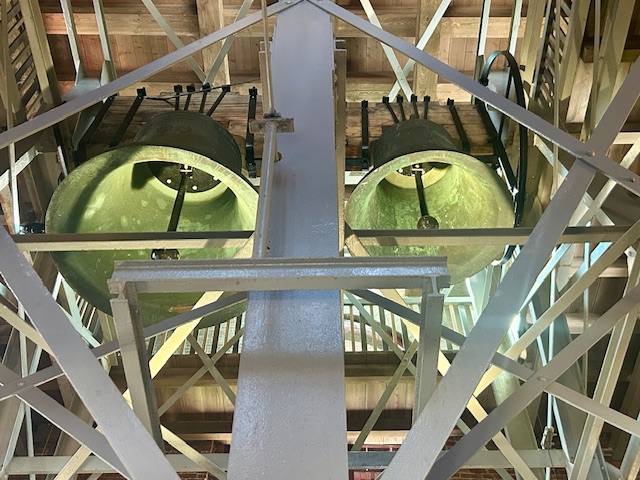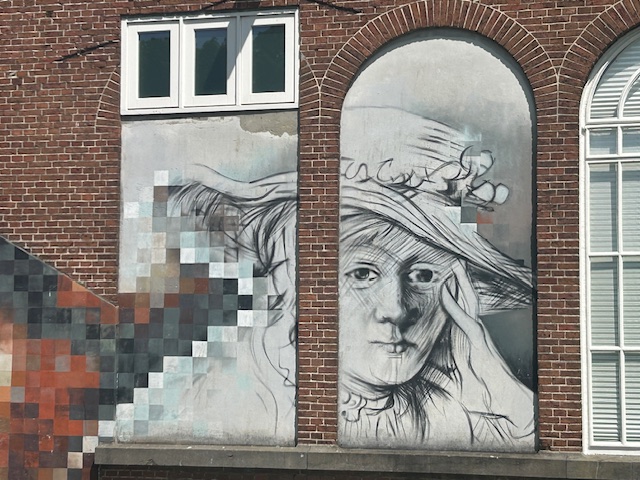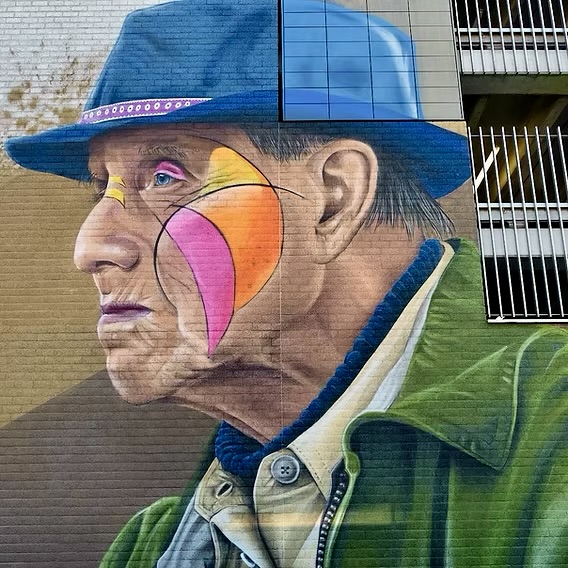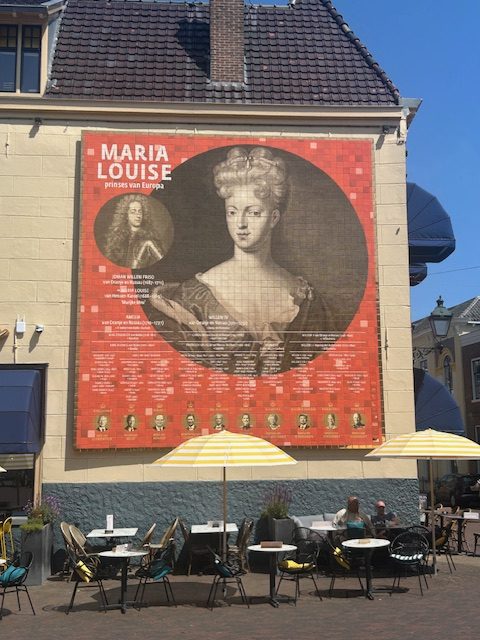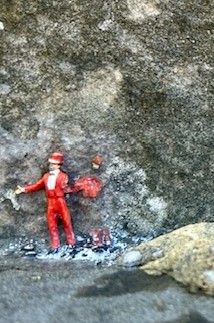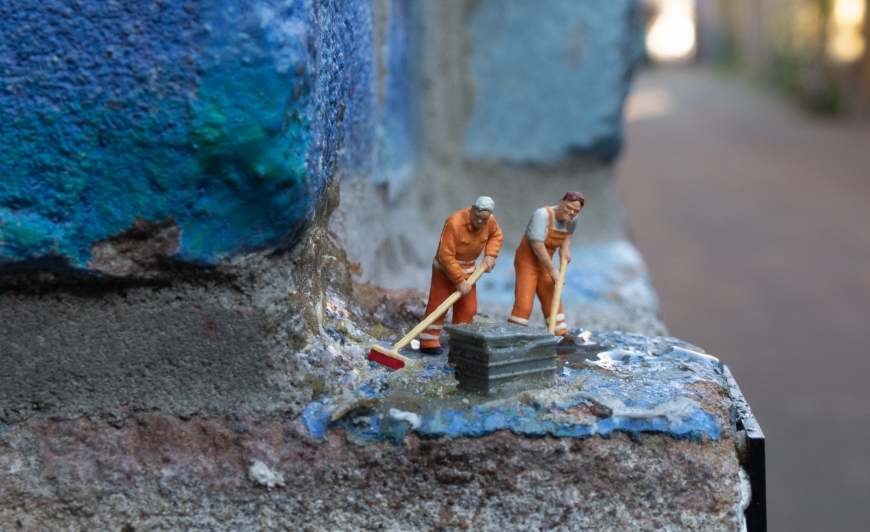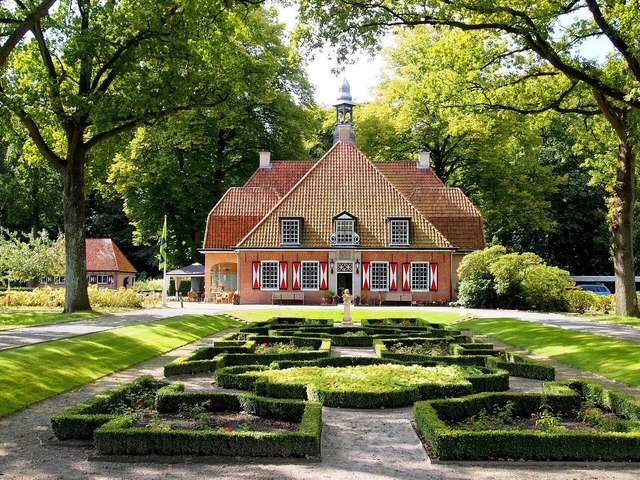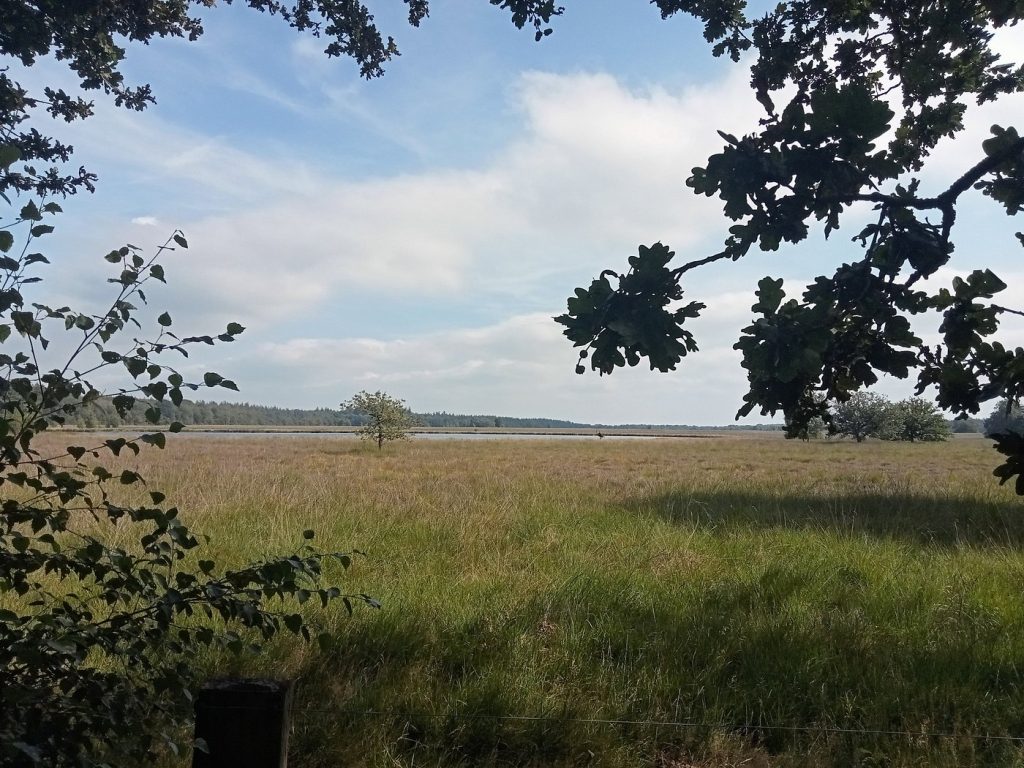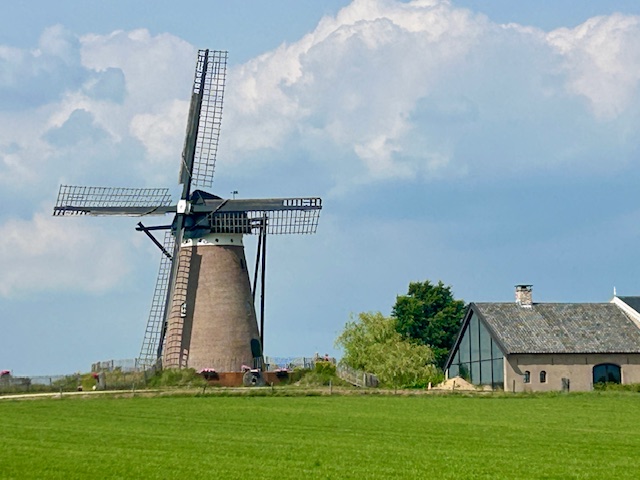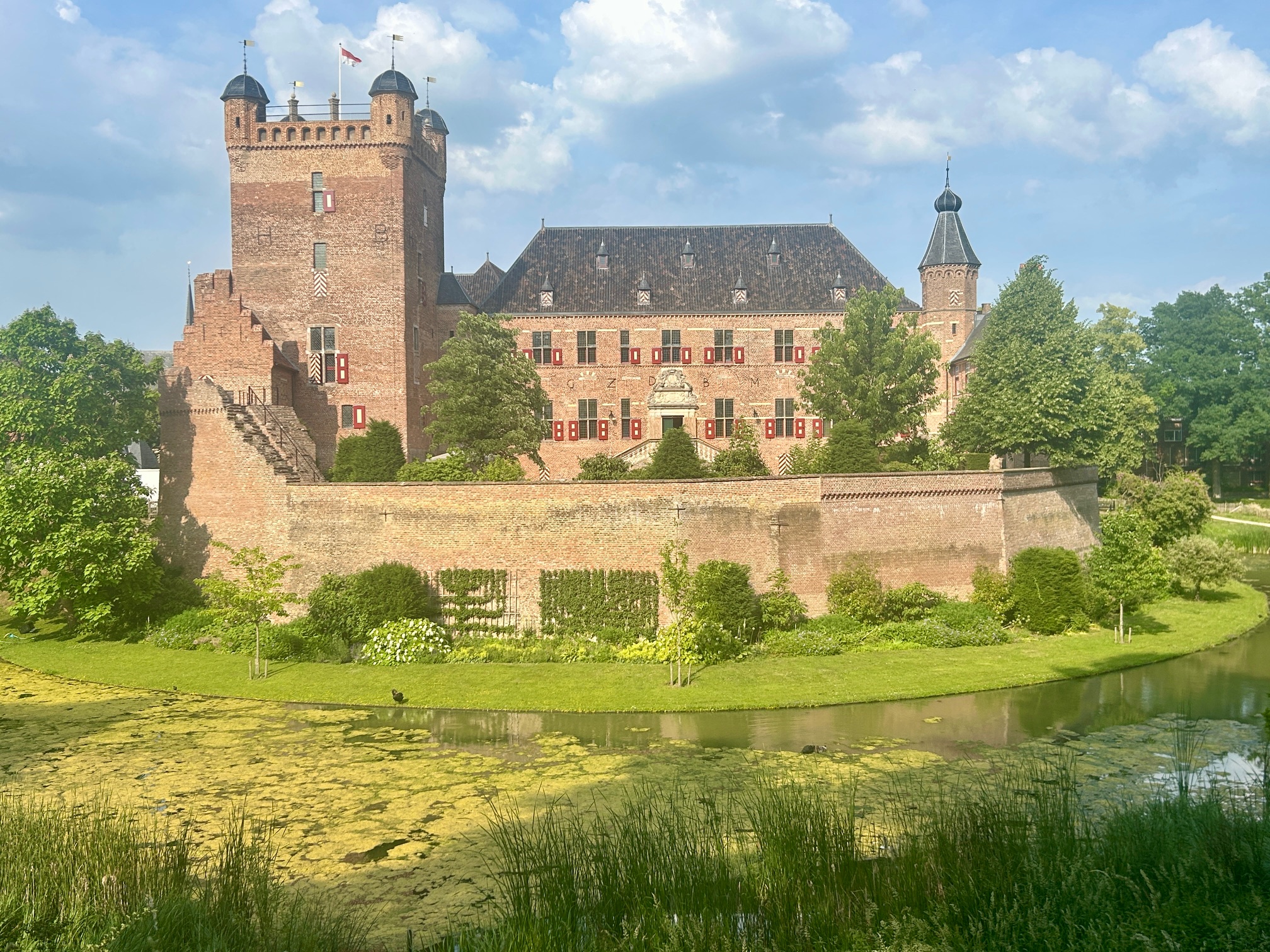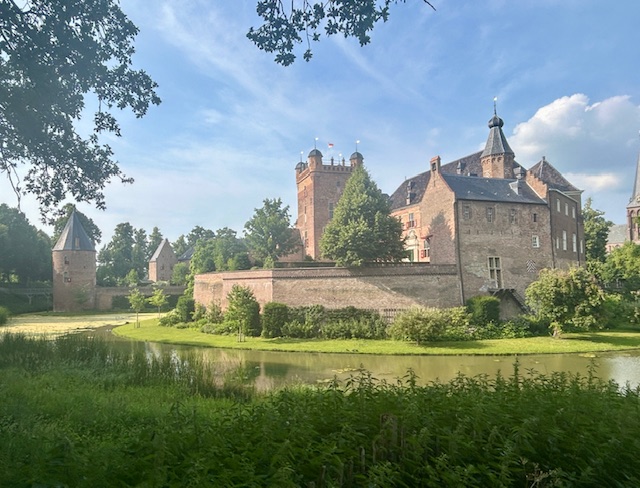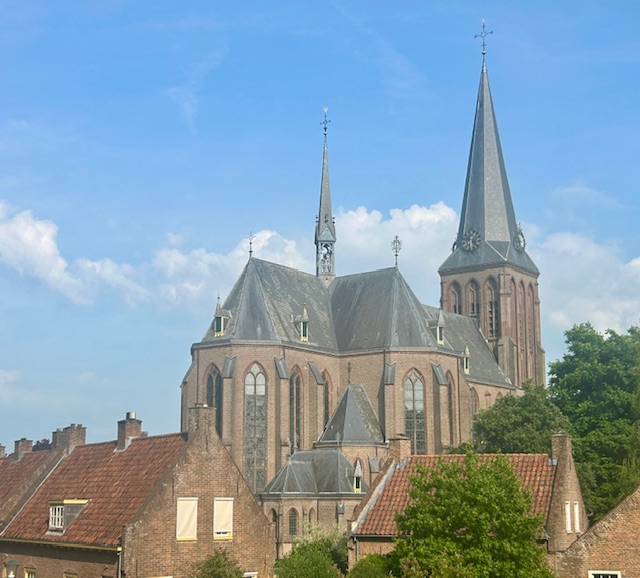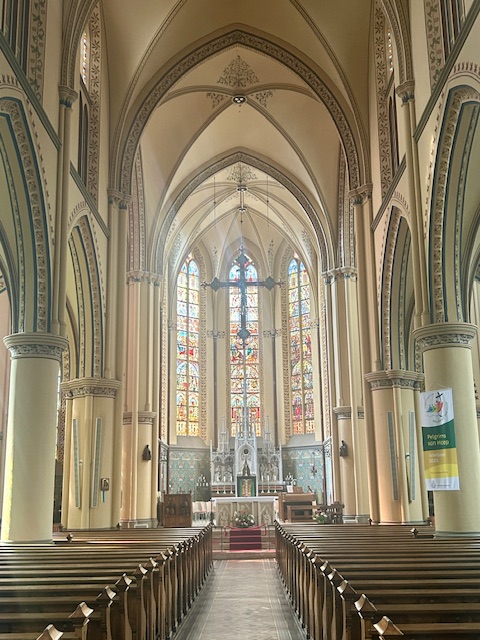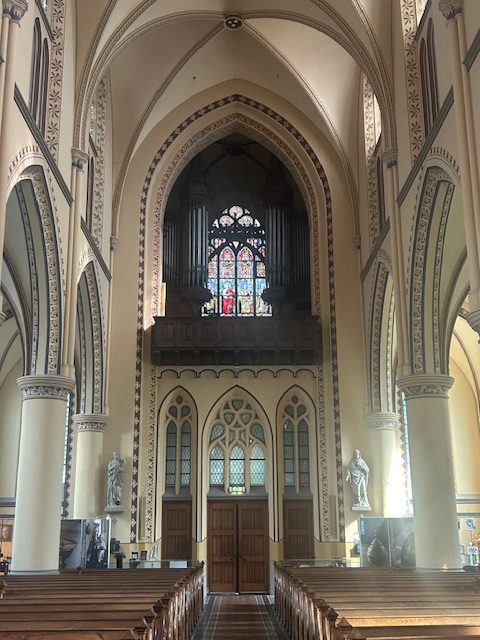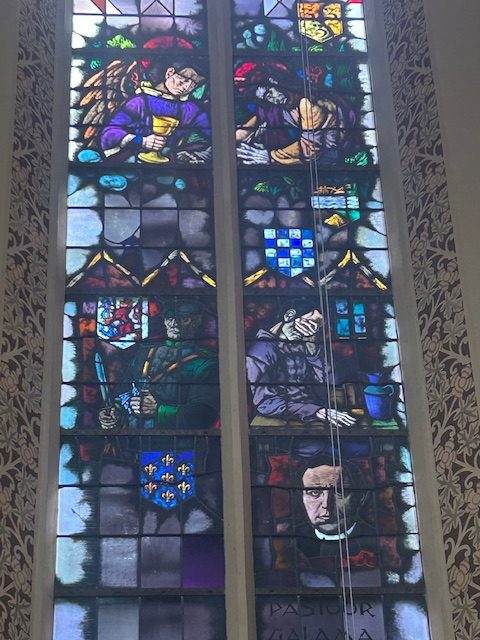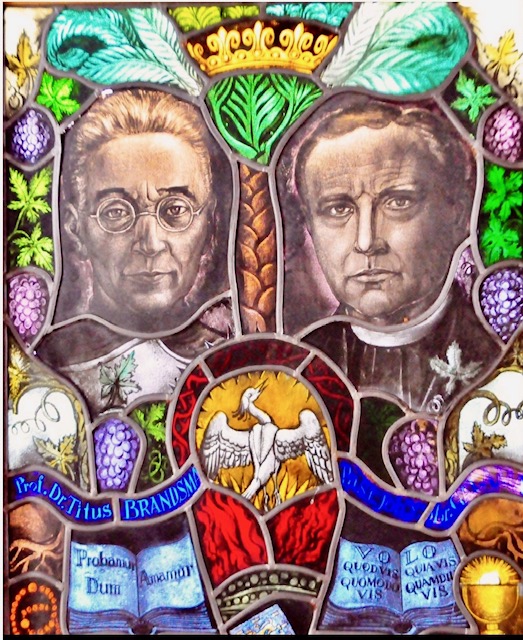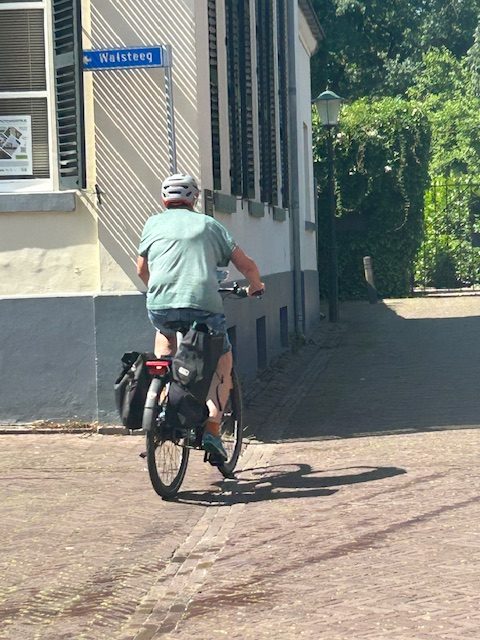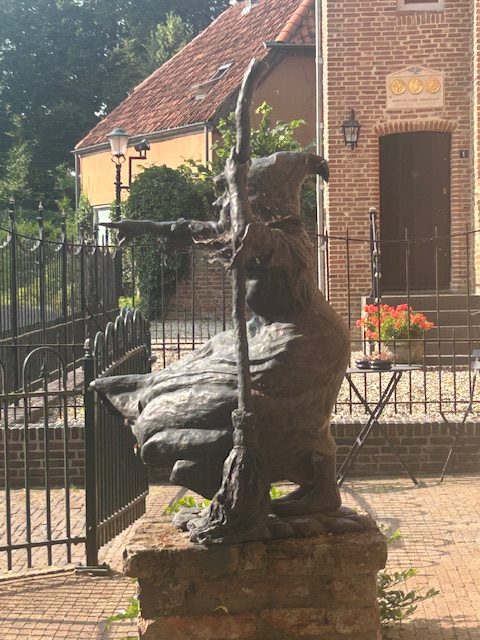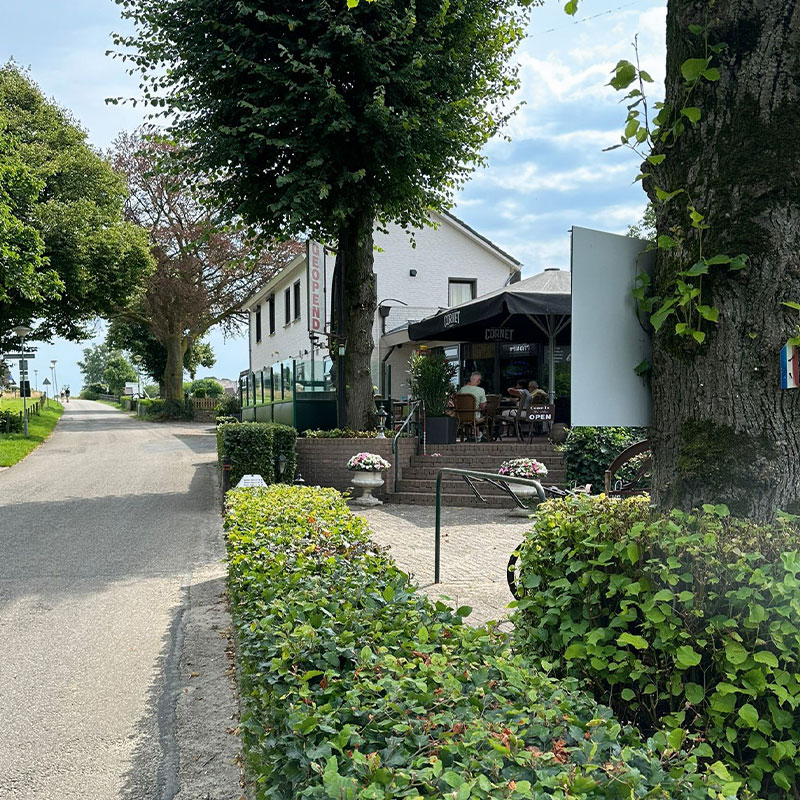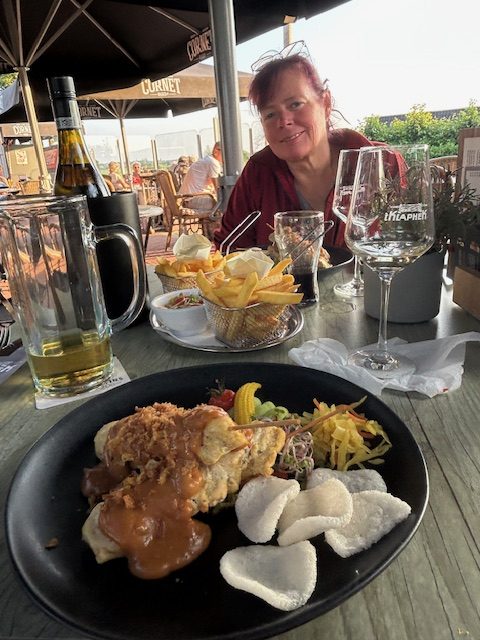Vanya likes unusual campsites and Natuurcamping de Kemphaan is just that. I was unsure about the place as we pulled up in the Van. It has most everything one would expect of a three star campsite but; it appeared unkempt; the facilities are basic and somewhat limited and; I doubt it would be very comfortable in wet weather (the camping area being all grass and slow to drain). However, on the plus side it’s in an incredible setting. I knew next to nothing about this part of the Netherlands until we arrived but almost everything about Flevoland Province is incredible and it’s mostly new.
The Province didn’t exist until 1986. Indeed, one hundred years ago the whole area which is now Flevoland was submerged under the Zuiderzee. Since then the area has been secured by miles of dykes and almost wholly drained of seawater. Almere city, with it’s population of almost 250,000, sits almost 5 metres below sea level (thank goodness for the dykes) and, with it’s first house not being completed until 1986, is less than 50 years old. The Kemphaan City Estate, adjacent to Almere and of which Natuurcamping de Kemphaan is a part, wasn’t built until after the year 2000 and; those parts of the estate that we used most (i.e. it’s extraordinary little zoo and the campsite itself) were not opened until much later.
I don’t know a great deal about Almere except it was built as a commuter town for Amsterdam. I know too that some 56 square kilometres to the east of Almere was set aside for industrial development which simply never happened. Left fallow, the area attracted many thousands of birds and small mammals. Deer, horses and cattle were subsequently introduced (to help stem the growth of willow trees which were becoming invasive and a threat to the marshbird’s habitat) and they too thrived; so much so that all thoughts of industrial development were dropped and the area is now protected as a wild park (the Oostvaarersplassen Nature Reserve). We saw some of the Park as we drove west from Friesland but missed out on the large herds of Konick Horses and Heck Cattle.

The De Kemphaan City Estate is a green zone at the edge of Almere. It’s home to the AAP which is concerned with recreation, education and animal conservation and, in particular, the rescue and rehabilitation of monkees and small animals and; as mentioned previously, it operates a small zoo. Much of our all too short time here was spent in the zoo.
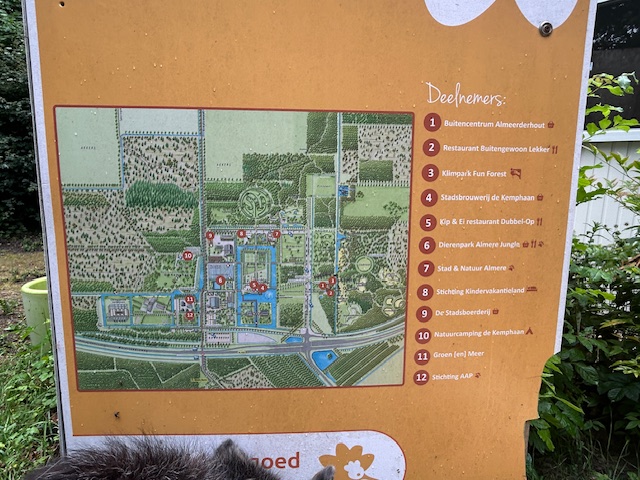
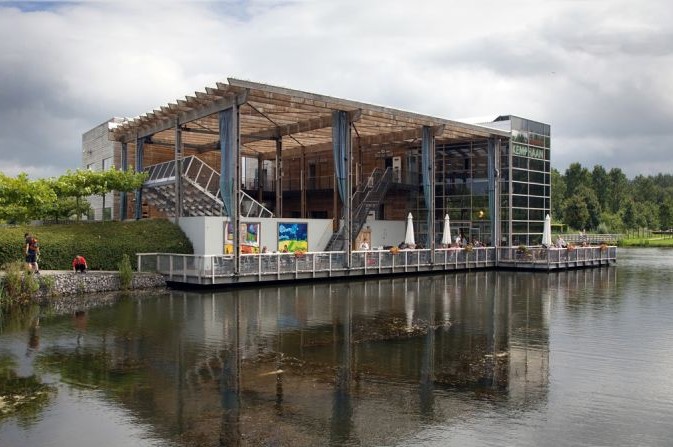
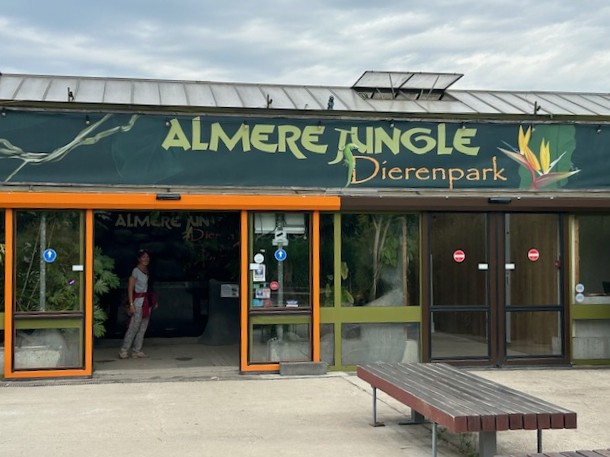
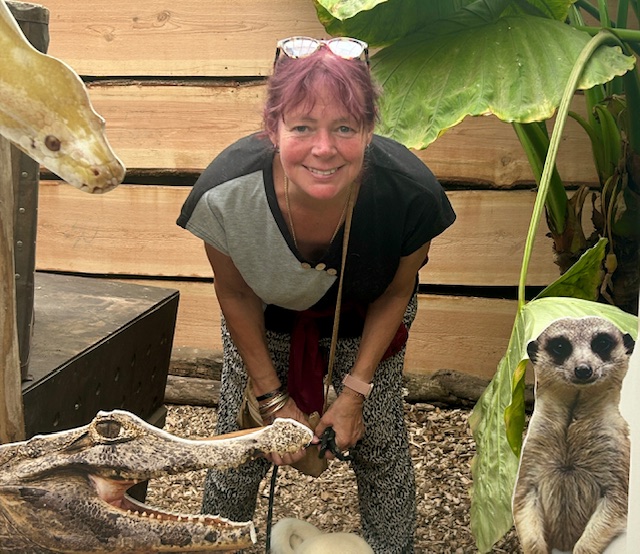
And the zoo itself? I think the dogs enjoyed it as much as Vanya and I did…
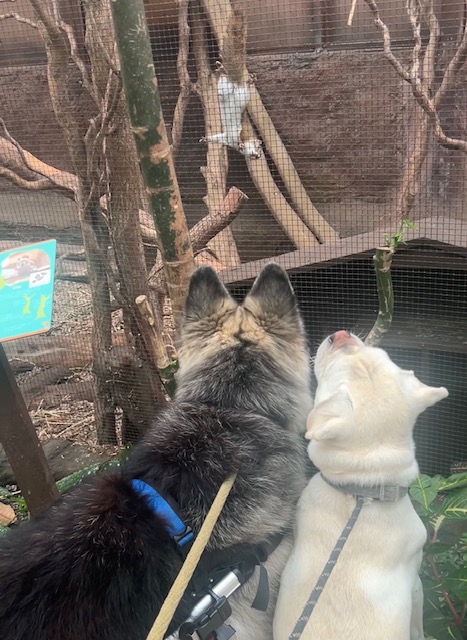
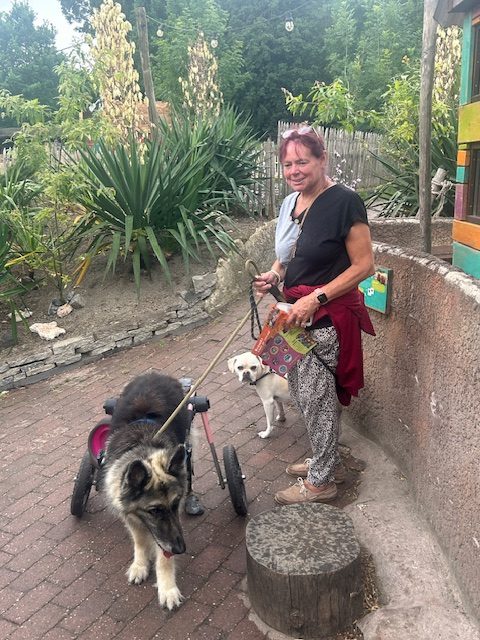
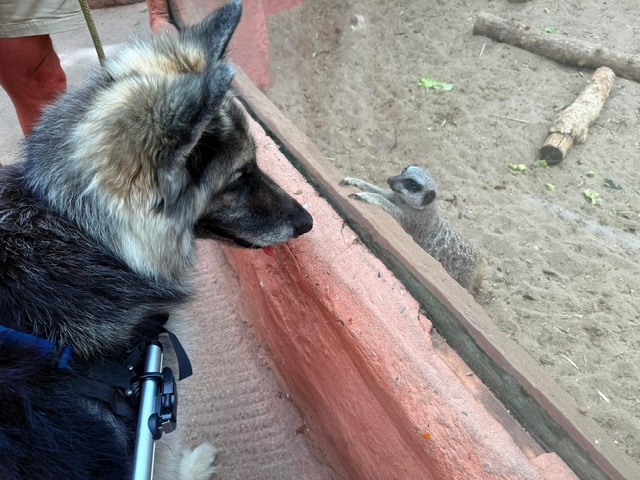
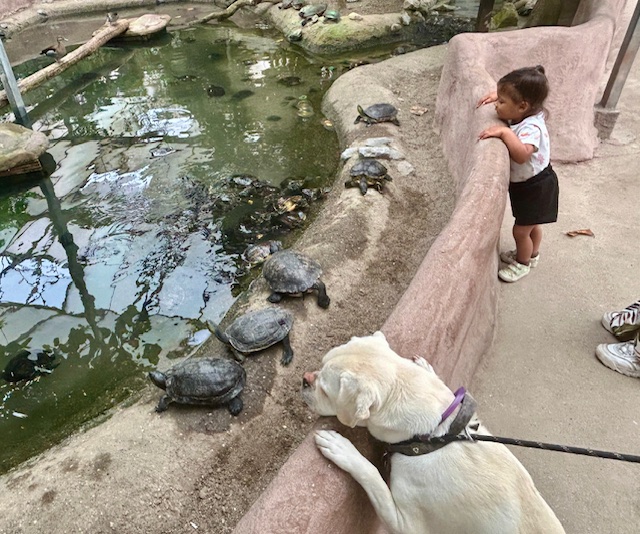
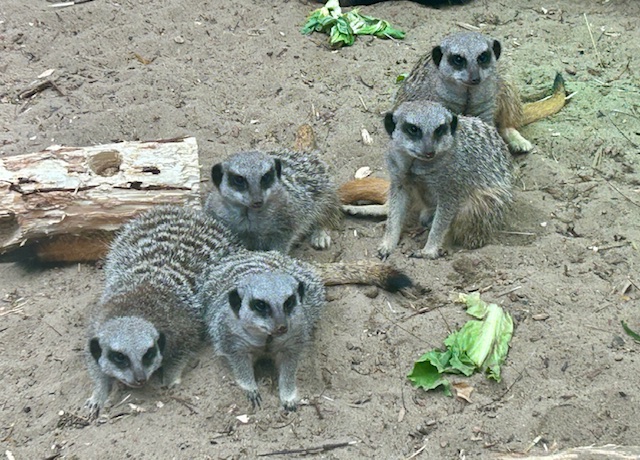
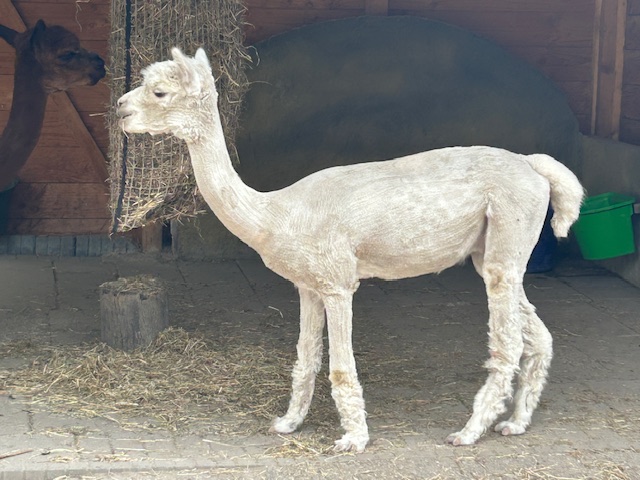
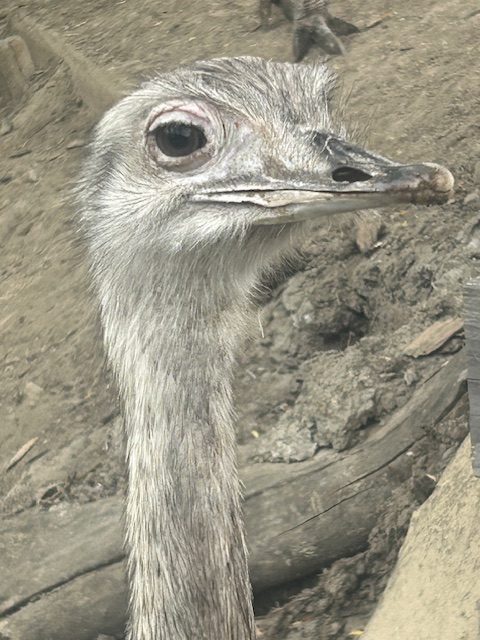
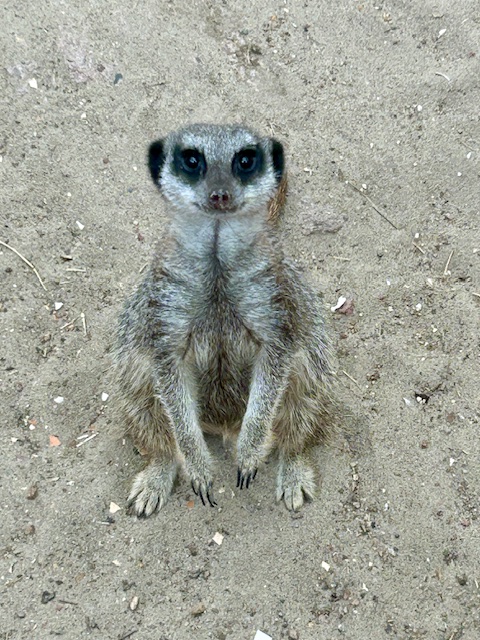
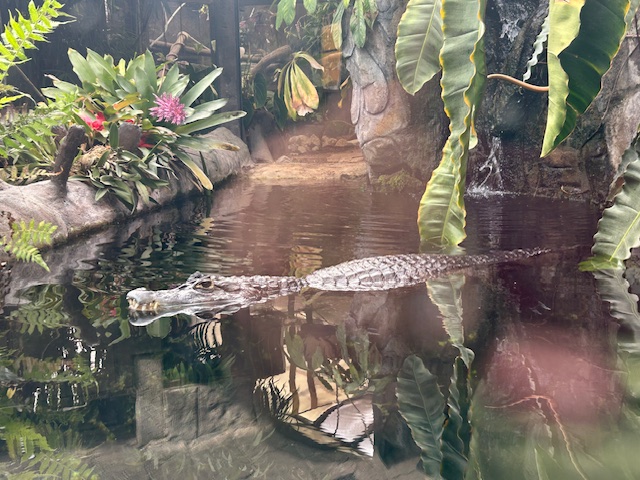
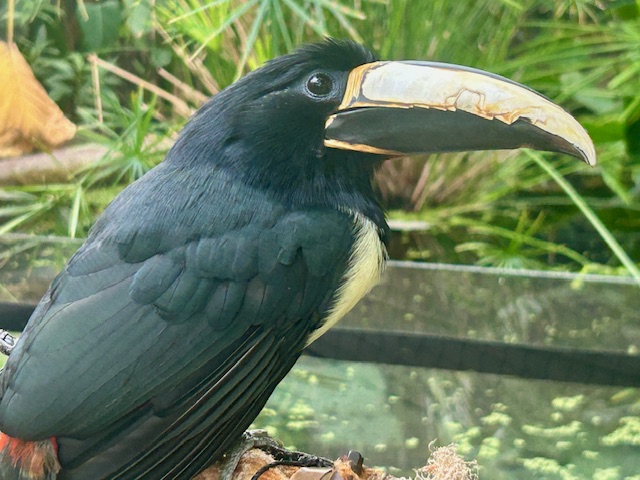
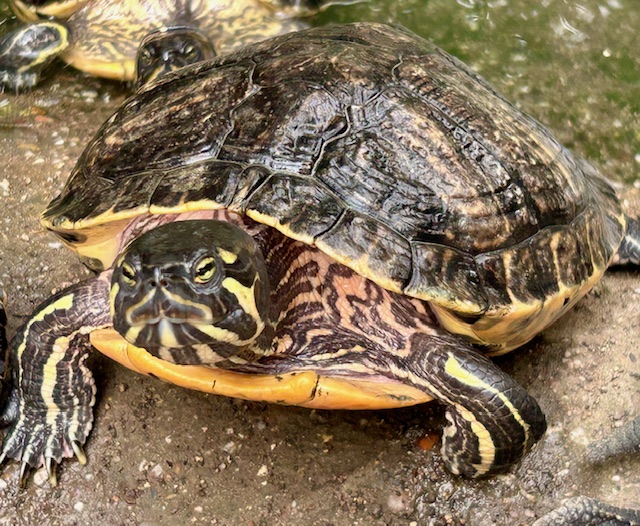
Unusual, I said. In addition to it’s two restaurant cafes the estate even has it’s own micro-brewery and mobile coffee shop…
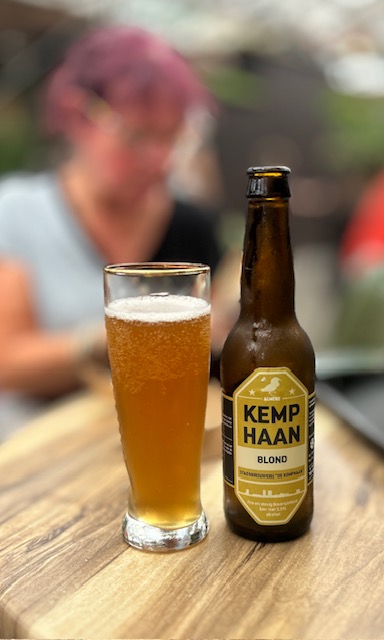
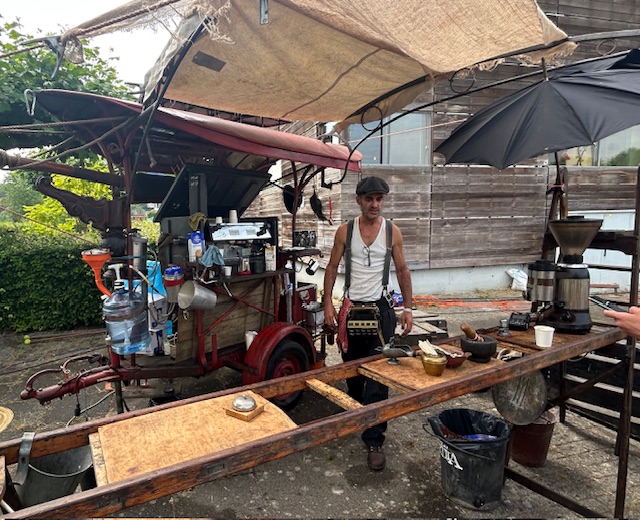
If I were a gambling man, I’d bet on our returning here.
